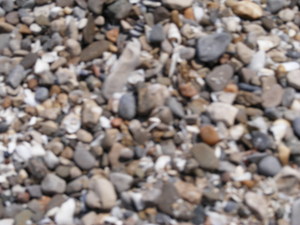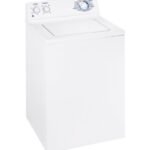Using food to teach students about the stages of the rock cycle is a way to provide them with a hands-on experience they will remember. Kids can make edible models of igneous, metamorphic and sedimentary rocks and complete experiments that demonstrate how heating, cooling, weathering and pressure affect rocks. The best part of the activities, for many kids, is that at the end, the samples can be eaten.
Snack Bars
Create snack bars to represent sedimentary rocks and how they are formed by weathering and erosion breaking down other rocks and compacting and cementing the sediment. In a blender place a selection of dried fruits and nuts along with raisins into a blender to represent rocks. Add 2-3 tablespoons of orange juice to represent dissolved minerals and blend. Pour the mixture into a greased 8×8 pan. Cover the mixture with wax paper and place a book on top to represent compaction. The next day, remove the book and wax paper and enjoy the snack bars.
Candy Bar Rock Cycle
Provide students with a candy bar to use to help simulate the different stages of a rock cycle. Begin by having students use a cheese grater to shave pieces of the chocolate bar into a bowl to simulate weathering. Wrap the chocolate shavings in a piece of aluminum foil and place into a vise. Apply light pressure to represent compacting to form sedimentary rocks. Then apply heavy pressure to represent forming metamorphic rocks. Remove the chocolate shavings and melt them in a pan, then pour it over ice cubes to represent melting and cooling to form Igneous rocks.
Rock Pancakes
Explain to students that metamorphic rocks are formed by adding heat and pressure to other rocks. Make a basic pancake mix and add ingredients to it such as nuts, chocolate chips, raisins, marshmallows and small berries. Cook the pancakes and have students observe how the pancake changes in the heat. Once the pancakes have cooked and cooled, allow students to pick through them and determine which ingredients melted, changed shape or stayed the same. Explain that the materials in the pancakes represent minerals and how they react in the metamorphic rock-forming process.
Edible Rocks
Purchase five or six different candy bars or other types of candy, such as peanut brittle and provide students with samples of each type of candy. Using terms that are common to rocks, have children write down notes about the appearance of each sample, noting ridges, ripples, pebble-type shapes and inclusions. After writing down their notes, provide children with descriptions of common types of rocks and ask them to use their notes to connect each candy bar to the type of rock it best represents.
Edible Rock Bed
Create a dessert to represent beds of rock. Place lime gelatin on the bottom of a glass 9×13 pan to represent limestone. On top of that add a layer of raspberry gelatin to represent sandstone with bananas or other fruit inside it to represent fossils. Crush graham crackers and spread them on top to represent coal, then top with lemon gelatin for another sandstone layer. Mix lemon gelatin and whipped cream and spread on top to represent siltstone. Once the mixture has set, cut out squares and demonstrate applying pressure, stretching, faulting (cutting a piece in half and lifting up layers) and eroding (pouring warm water on a piece).




